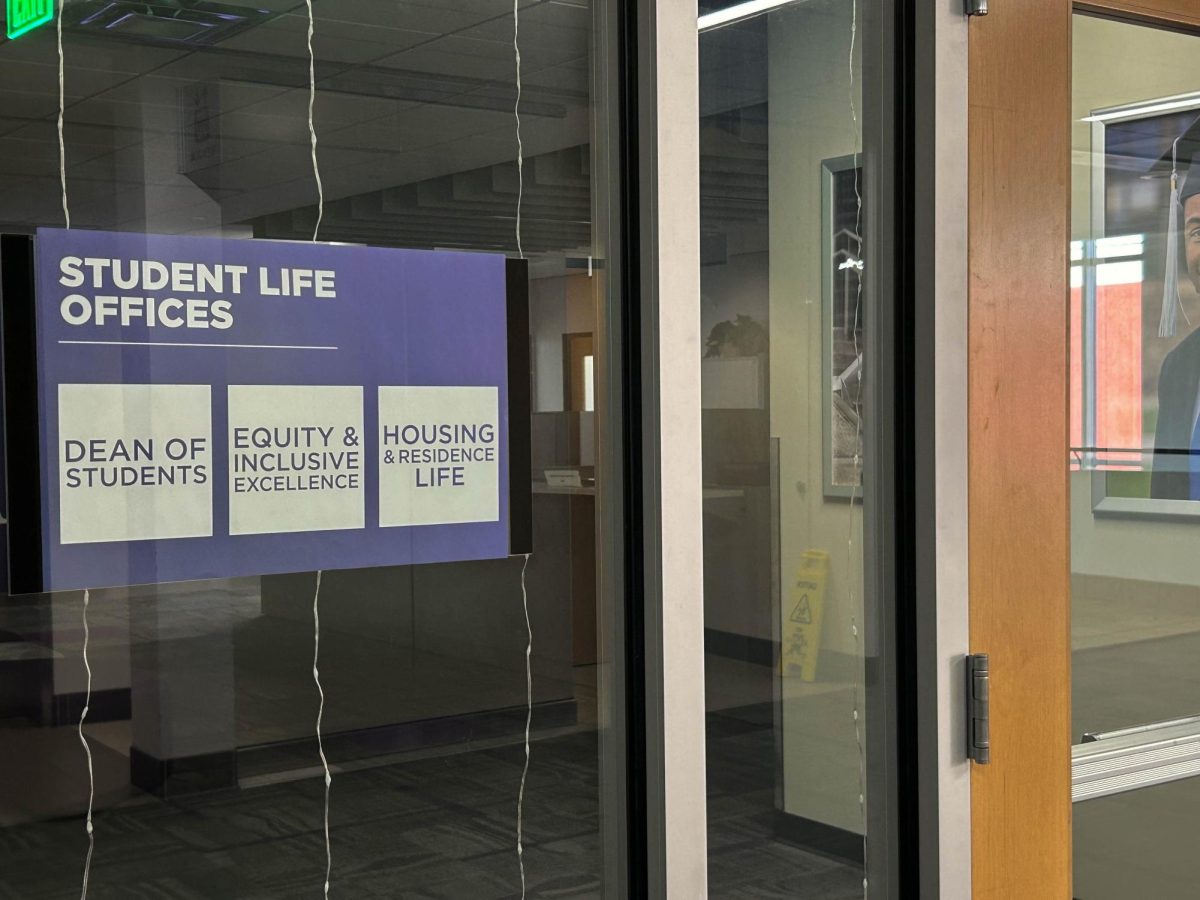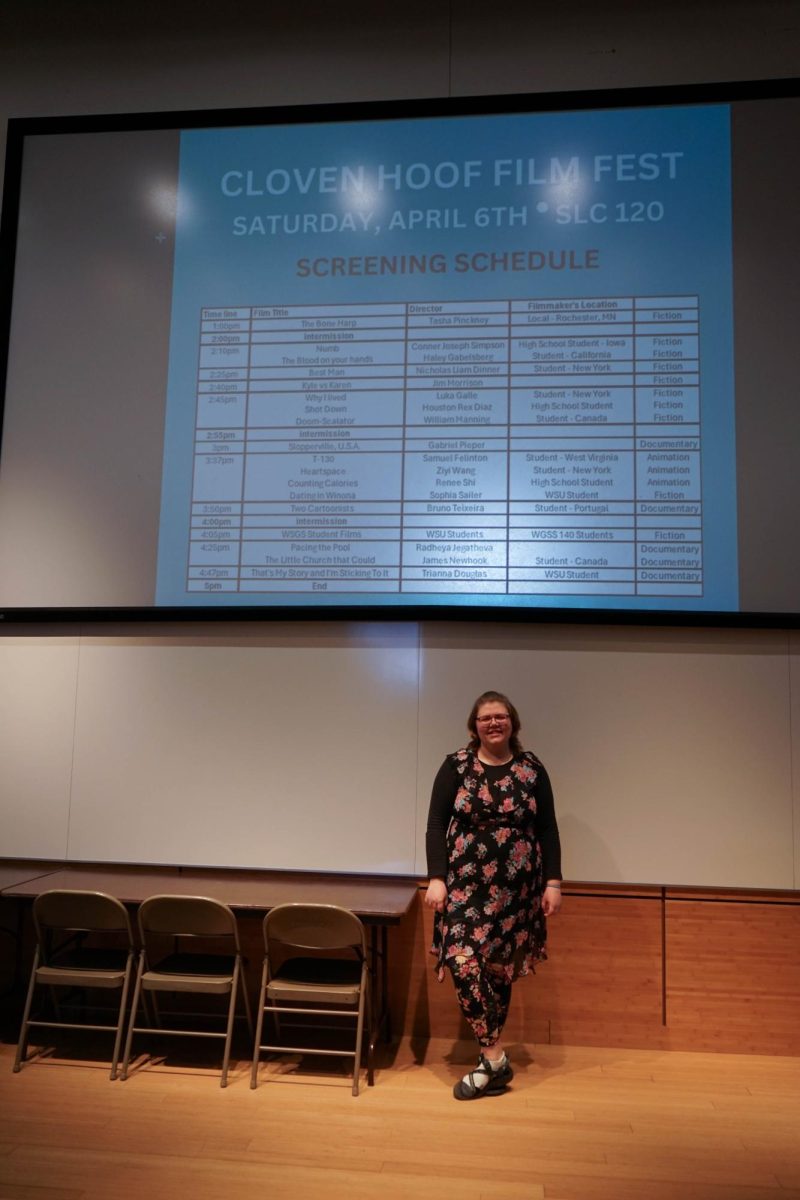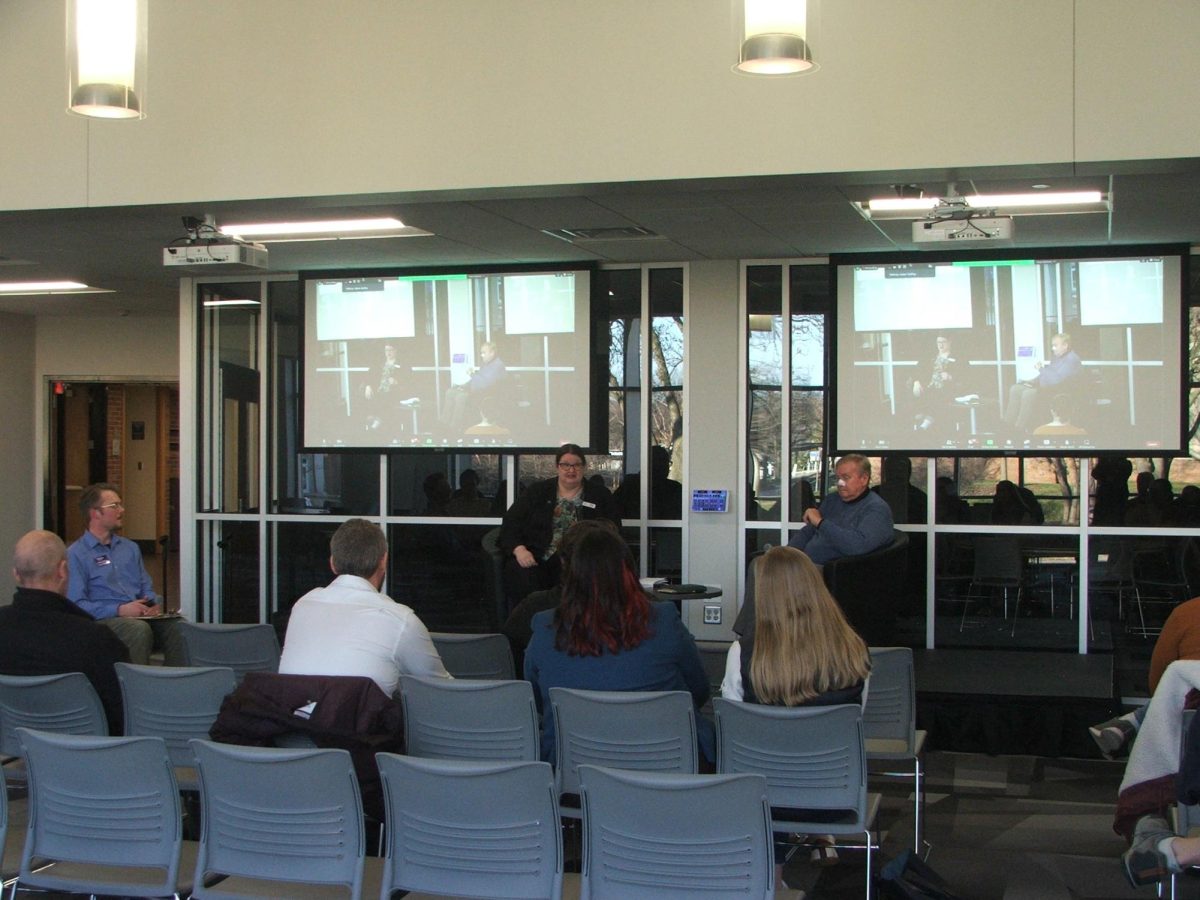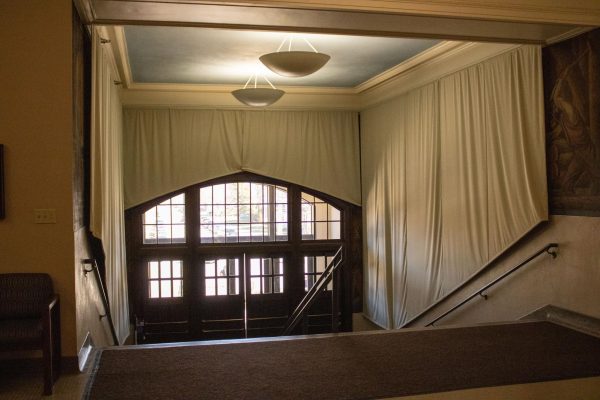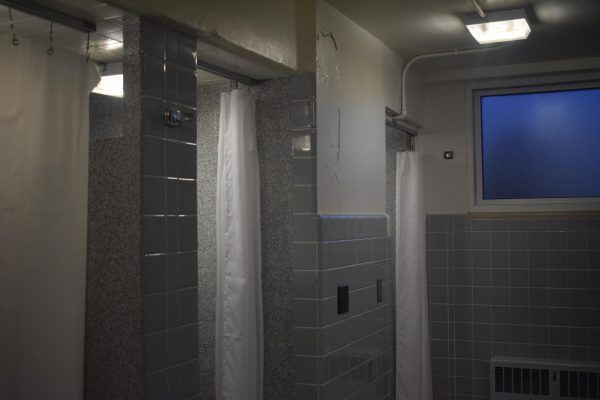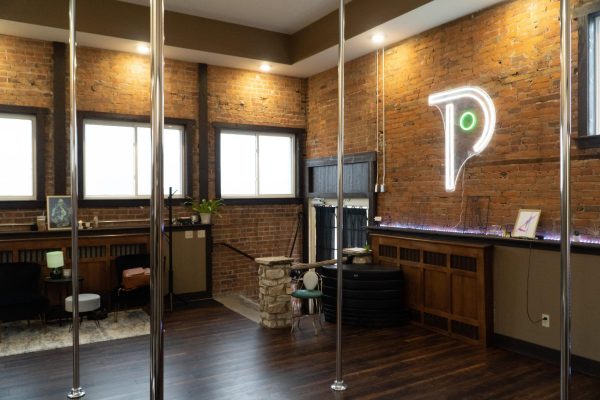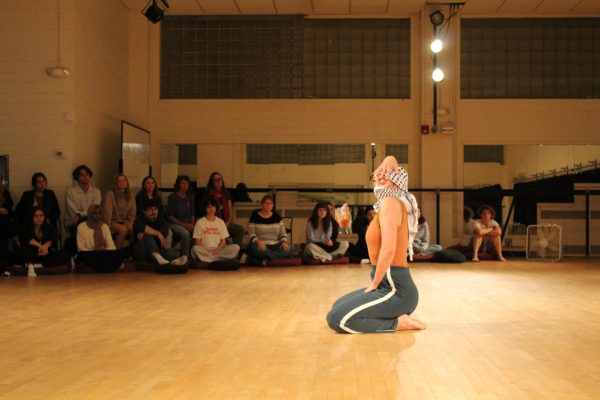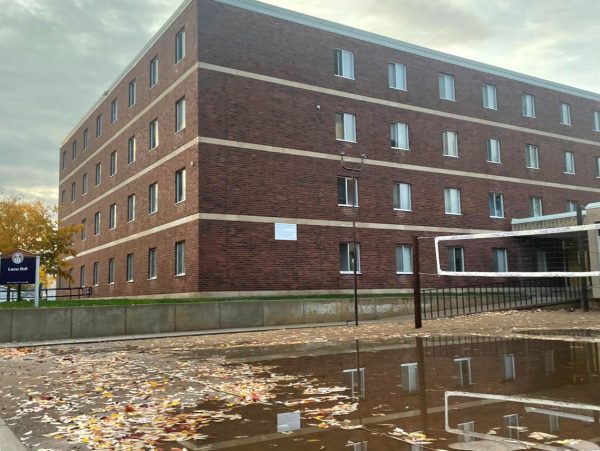Living costs continue to rise, affects college students

November 14, 2018
Standard of living costs continue to rise faster than wage increases and inflation. College students face increasingly high costs for either purchasing a home or renting an apartment.
When accounting for inflation, real earnings increased only .3 percent for the past year. Real hourly earnings increased only five cents from $10.76 in September 2017 to $10.81 September 2018 according to the Bureau of Labor Statistics.
The Bureau also shows the cost of housing has increased 2.5 percent over the past year and median cost of renting increased 2.8 percent. Chief economist Greg Willett at RealPage talked about the constricted rental market.
“The country’s apartment market remains tight, with product availability generally limited to recently completed properties moving through initial leasing,” Willett said.
“Unless a renter can afford that expensive new stock, finding a ready-to-lease unit takes some real work in most locations.”
To combat these costs, some may argue that there should be a limit to how much landlords can charge their residents.
Winona State University finance professor Michael Murray, who has worked in the real estate field, commented on the effects of limiting rental prices.
“Well it’s artificial of course. Someone must pay that price. For investors, they won’t be interested in developing additional space if they have lessor revenues and a lower return on that investment,” Murray said. “They are the market, so if you artificially hold those prices down then there is no incentive for them to build more with additional space.”
Murray also addressed solutions to the increasing rental costs.
“The answer to [the issue] is that apartment buildings should be constructed but then that would be a zoning issue,” Murray said. “You have to find areas that are suitable for that in town, or somewhere near campus.”
According to the website City Data, the average rent in 2016 for the city of Winona was $639 a month.
The trending decline of students attending Minnesota state schools has also been affecting the Winona rental market.
A local landlord, who wished to remain anonymous, talked about how the decrease in student availability has been affecting the rental market in Winona. Landlords believed that Winona was unique in that it had an oversupply of housing because less students are attending now than in the past.
“The decline of the Winona State population has affected the student rental market. There are several different opinions on why Winona State may be struggling,” the landlord said. “It goes from simple demographics that there aren’t enough students going to college.”

